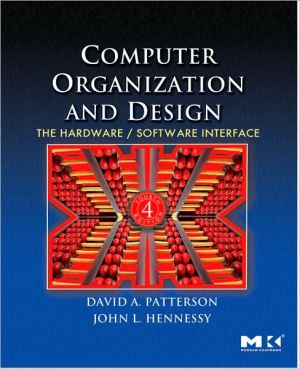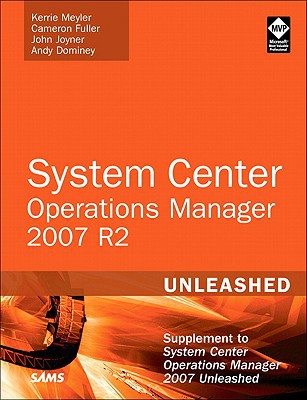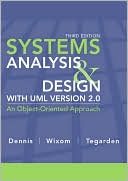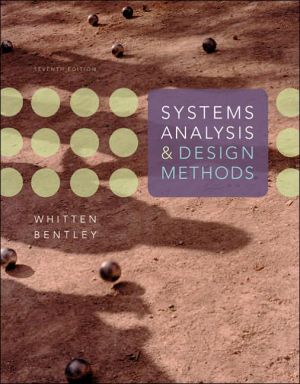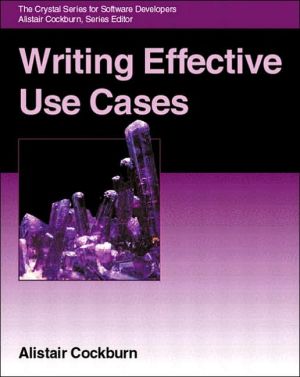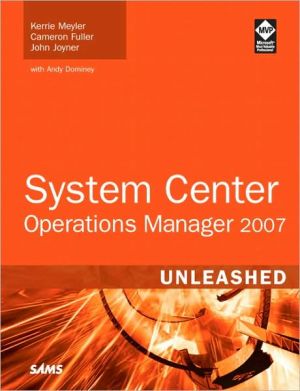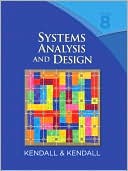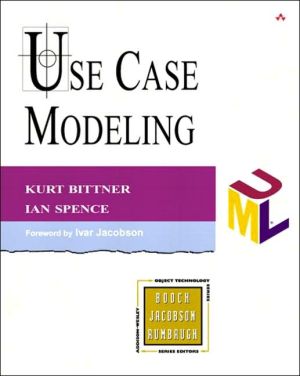Computer Organization and Design: The Hardware/Software Interface
The best-selling computer organization book is thoroughly updated to provide a new focus on the revolutionary change taking place in industry today: the switch from uniprocessor to multicore microprocessors. This new emphasis on parallelism is supported by updates reflecting the newest technologies, with examples highlighting the latest processor designs and benchmarking standards. As with previous editions, a MIPS processor is the core used to present the fundamentals of hardware...
Search in google:
The performance of software systems is dramatically affected by how well software designers understand the basic hardware technologies at work in a system. Similarly, hardware designers must understand the far-reaching effects their design decisions have on software applications. For readers in either category, this classic introduction to the field provides a look deep into the computer. It demonstrates the relationships between the software and hardware and focuses on the foundational concepts that are the basis for current computer design.As with previous editions, a MIPS processor is the core used to present the fundamentals of hardware technologies at work in a computer system. The book presents an entire MIPS instruction set-instruction by instruction-the fundamentals of assembly language, computer arithmetic, pipelining, memory hierarchies, and I/O, and introduces the essentials of network and multiprocessor architectures.A new aspect of the third edition is the explicit connection between program performance and CPU performance. The authors show how hardware and software components-such as the specific algorithm, programming language, compiler, instruction set architecture, and processor implementation-impact program performance. This edition also digs deeper into related hardware and software issues, offering specific material on the CD for readers with a hardware or software focus. A CD provides a toolkit of simulators and compilers along with tutorials for using them.Revised Printing Features: Appendix A now in the text; corrections throughout the text; updated links on the CD: Uses standard 32-bit MIPS 32 as the primary teaching ISA: Highlights the latestdevelopments in architecture, Intel IA-32, Power PC 604, Pentium P4, Google's PC cluster, SPEC CPU2000 benchmark suite for processors, vSPEC Web99 benchmark for web, EEMBC benchmark for embedded systems, AMD Opteron memory hierarchy, AMD vs. 1A-64, Intrinsity's FastMATH processor servers: New material for a Hardware Focus, Using logic design conventions, Designing with hardware description languages, Advanced pipelining, Designing with FPGAs, HDL simulators and tutorials, Xilinx CAD tools: New material for a Software Focus, How compilers work, How to optimize compilers, How to implement object oriented languages, History sections on programming languages, compilers, operating systems, and databases: A search engine for both the printed text and CD-only content.
1Computer abstractions and technology2Computers in the real world : information technology for the 4 billion without IT442Instructions : language of the computer46Computers in the real world : helping save our environment with data1563Arithmetic for computers158Computers in the real world : reconstructing the ancient world2364Assessing and understanding performance238Computers in the real world : moving people faster and more safely2805The processor : datapath and control282Computers in the real world : empowering the disabled3666Enhancing performance with pipelining368Computers in the real world : mass communication without gatekeepers4647Large and fast : exploiting memory hierarchy466Computers in the real world : saving the world's art treasures5628Storage, networks, and other peripherals564Computers in the real world : saving lives through better diagnosis6229Multiprocessors and clustersApp. AAssemblers, linkers, and the SPIM simulatorApp. BThe basics of logic designApp. CMapping control to hardwareApp. DA survey of RISC architectures for desktop, server, and embedded computers
\ From Barnes & NobleThe Barnes & Noble Review\ Even today, to write great software, it helps to understand the underlying hardware. And if you’re a hardware architect, you’d better understand how your choices will impact developers. Computer Organization and Design, Third Edition will help software and hardware folks understand each other. The authors even provide separate learning paths for each audience. \ Using the actual MIPS 32 architecture to ground their discussions in reality, David Patterson and John Hennessy illuminate computer arithmetic, pipelining, memory hierarchies, I/O, multiprocessing, clustering, and much more. Throughout, welcome “Fallacies and Pitfalls” sections clear up much of the misinformation that bedevils the field.\ This edition’s been heavily updated, both for clarity and content. Especially worth noting: a stronger focus on the relationship between hardware and program performance, and a comparison of the Pentium 4 with AMD’s influential new Opteron. Bill Camarda\ Bill Camarda is a consultant, writer, and web/multimedia content developer. His 15 books include Special Edition Using Word 2003 and Upgrading & Fixing Networks for Dummies, Second Edition.\ \ \ \ \ \ From the PublisherPatterson and Hennessy have greatly improved what was already the gold standard of textbooks. In the rapidly-evolving field of computer architecture, they have woven an impressive number of recent case studies and contemporary issues into a framework of time-tested fundamentals.--Fred Chong, University of California, Santa Barbara\ The new coverage of multiprocessors and parallelism lives up to the standards of this well-written classic. It provides well-motivated, gentle introductions to the new topics, as well as many details and examples drawn from current hardware.--John Greiner, Rice University\ \ \
